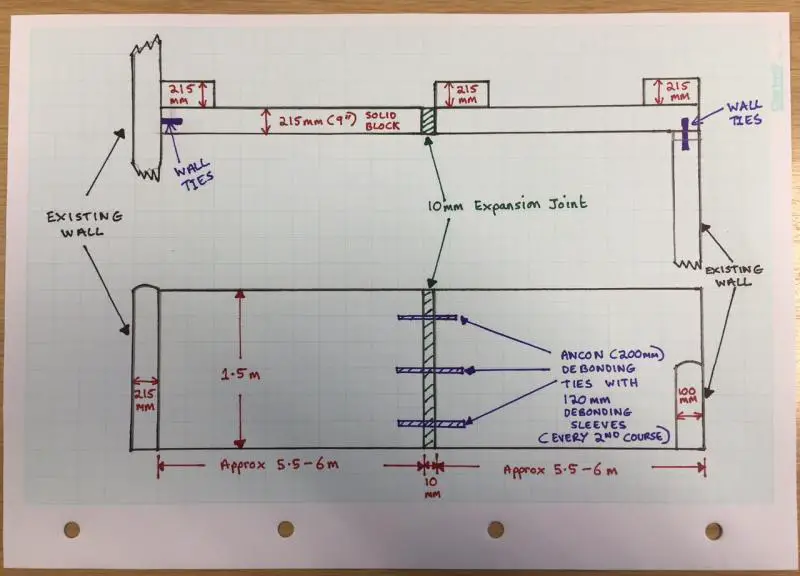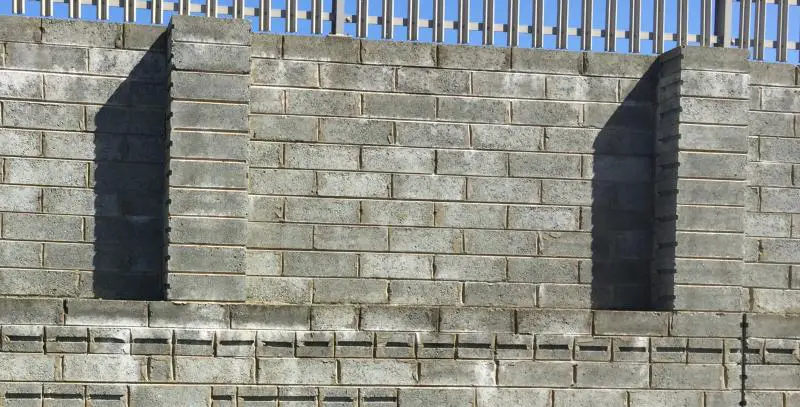- Joined
- 17 Feb 2008
- Messages
- 38
- Reaction score
- 0
- Country

Hello,
I'm going to build a garden wall which will be 12 metres long x 1.5 to 1.8 metres high x 215mm wide using 140x215x440mm solid concrete blocks.
The wall will be tied into existing wall either end and was going to build double width pillars on the ends and maybe one in the middle for extra strength.
The wall will retain approximately 300mm of ground.
My question is should I put an expansion joint in at the mid point (6 metres) and if I do, what is the best method?
I'm assuming I just end the wall vertical half way insert some expansion foam and then continue wall. If this is correct should I still install the pillar and if so how would this incorporate the expansion joint.
Will the expansion joint weaken the wall?
I haven't decided if I will plaster the wall or leave pointed and bear block face.
Thank you in advance and just ask if you have any questions or require more information.
Cheers 👍😊
I'm going to build a garden wall which will be 12 metres long x 1.5 to 1.8 metres high x 215mm wide using 140x215x440mm solid concrete blocks.
The wall will be tied into existing wall either end and was going to build double width pillars on the ends and maybe one in the middle for extra strength.
The wall will retain approximately 300mm of ground.
My question is should I put an expansion joint in at the mid point (6 metres) and if I do, what is the best method?
I'm assuming I just end the wall vertical half way insert some expansion foam and then continue wall. If this is correct should I still install the pillar and if so how would this incorporate the expansion joint.
Will the expansion joint weaken the wall?
I haven't decided if I will plaster the wall or leave pointed and bear block face.
Thank you in advance and just ask if you have any questions or require more information.
Cheers 👍😊


